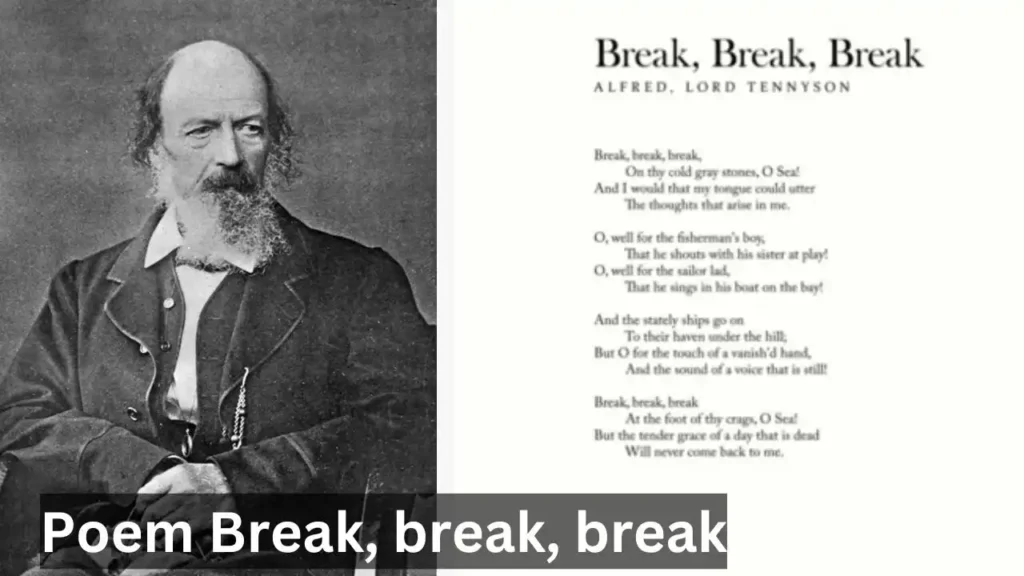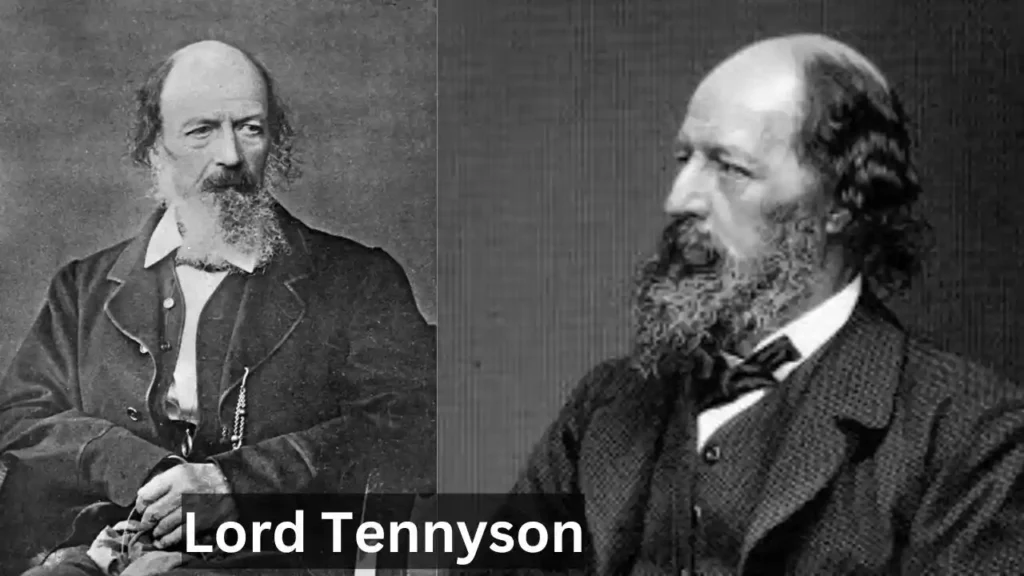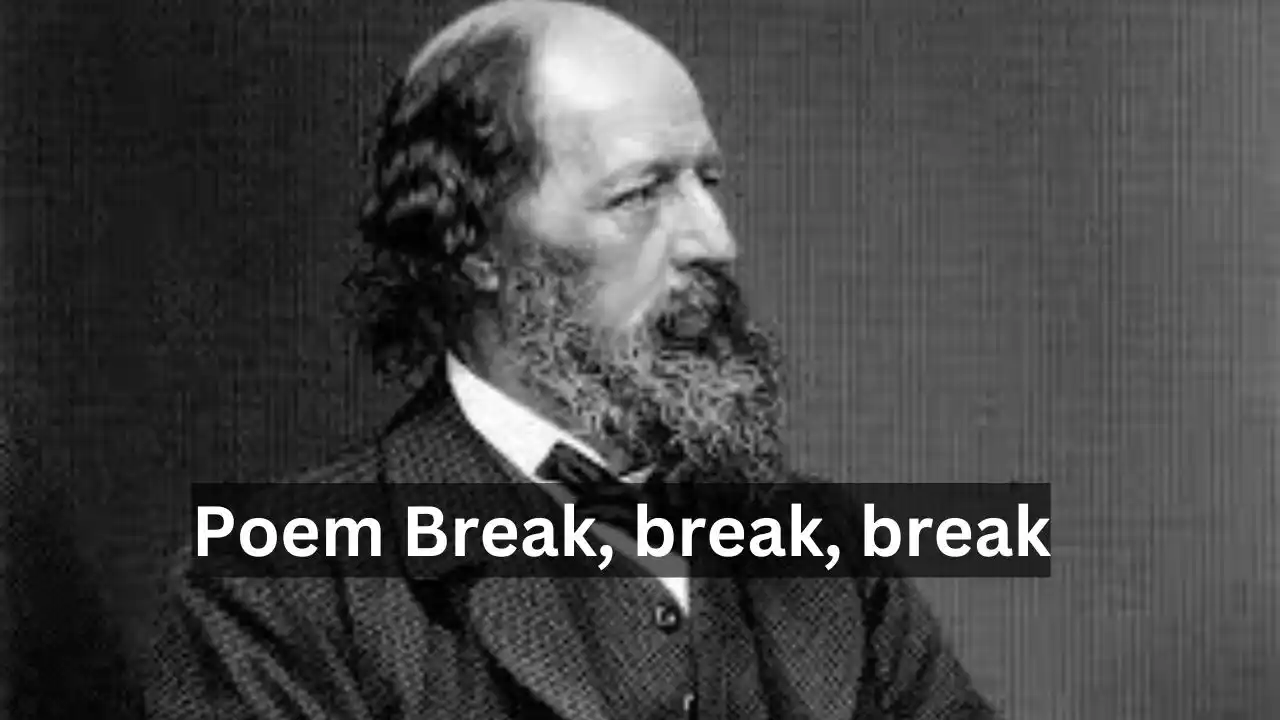Poem Break break break: Alfred, Lord Tennyson’s “Break, Break, Break” is a poignant exploration of grief and the relentless passage of time. Through the powerful imagery of the sea, Tennyson captures the emotional turbulence that follows the loss of someone dear. In this blog post, we’ll delve into the layers of meaning behind the poem, examine the contrasts between life and loss, and highlight the timeless themes that resonate with readers today.
Poem Break break break: Nature as a Mirror

Tennyson masterfully uses the sea as a metaphor to express deep-seated sorrow. The repeated refrain “Break, break, break” not only evokes the sound of crashing waves but also symbolizes the ceaseless flow of time and emotion. The sea’s continuous movement against cold, grey stones mirrors the speaker’s inner grief—a reminder that time marches on, regardless of personal pain.
- The sea symbolizes the relentless progression of time.
- Crashing waves mirror the persistent and overwhelming nature of grief.
- Natural imagery transforms personal loss into a universal experience.
The Poem Break break break Context: A Sea of Sorrow
Written in the wake of the sudden death of Lord Tennyson’s close friend Arthur Hallam, “Break, Break, Break” is part of a larger body of work grappling with mortality, including his epic elegy In Memoriam. Here, Tennyson pares grief down to its raw core, using the sea as both a metaphor and a mirror for the speaker’s inner turmoil. The poem opens with a command to the ocean:
“Break, break, break,
On thy cold gray stones, O Sea!”
The repetition of “break” mimics the relentless crashing of waves, symbolizing the cyclical, unending nature of sorrow. The “cold gray stones” evoke numbness, a stark contrast to the vibrant life unfolding around the speaker.
Juxtaposition: Life’s Joy vs. Grief’s Silence
One of the poem’s most striking features is its contrast between the speaker’s silent anguish and the world’s oblivious vitality. Tennyson paints vivid scenes of everyday joy:
- The fisherman’s boy “shouts with his sister at play,”
- The sailor lad “sings in his boat on the bay,”
- “Stately ships” glide toward their “haven under the hill.”

These images of playfulness, purpose, and community highlight life’s continuity. Yet for the grieving speaker, these moments only deepen his isolation. While others laugh, sing, or sail toward safe harbours, he remains stranded in memory, longing for the “touch of a vanished hand” and a voice “that is still.”
This tension—between the world’s motion and the mourner’s paralysis—is achingly relatable. How often does grief make us feel like outsiders in a bustling, indifferent world?
The Sea as a Symbol of Time and Eternity: Poem Break break break
The sea in Tennyson’s poem serves dual roles:
- A Force of Destruction: The waves “break” endlessly, eroding the stones, much like grief erodes the soul.
- A Symbol of Timelessness: The sea’s eternal rhythm contrasts with human transience. While nature persists, the “tender grace” of lost moments is irrevocable.
This duality reflects Tennyson’s Victorian-era preoccupation with mortality and doubt. The Industrial Revolution and scientific advancements had shaken faith in permanence, leaving many—like Tennyson—to grapple with existential questions. The poem’s closing lines capture this despair:
“But the tender grace of a day that is dead
Will never come back to me.”
The finality of “never” underscores the poem’s heartache: some losses cannot be healed by time.
Form and Sound: Crafting Sorrow
Tennyson’s technical mastery amplifies the poem’s emotional weight:
- Rhythm: The trochaic meter (stressed syllables followed by unstressed, e.g., “Poem Break break break”) mimics the pounding waves, creating a sombre, relentless cadence.
- Repetition: The refrain “Break, break, break” bookends the poem, framing the speaker’s unresolved grief.
- Rhyme Scheme: The ABAB structure of each quatrain adds musicality, contrasting with the bleak subject matter.
The speaker’s inability to “utter” his thoughts—“And I would that my tongue could utter / The thoughts that arise in me”—also critiques language’s inadequacy in the face of profound loss. Some emotions, Tennyson suggests, transcend words.
Why “Poem Break break break” Still Matters
In an age of curated social media happiness and relentless productivity, Tennyson’s poem reminds us that grief is not linear. It ebbs and flows like the sea, resurfacing when we least expect it. The poem validates the loneliness of mourning—the sense that life moves on while we remain tethered to the past.
Yet there’s also a quiet beauty in its honesty. By naming the “vanish’d hand” and the “voice that is still,” Tennyson immortalizes the ephemeral, turning personal sorrow into a shared human experience.
Final Thoughts: Finding Solace in the Waves
“Break, Break, Break” does not offer consolation. Instead, it offers companionship in grief. The sea’s eternal breaking mirrors our own cycles of remembering and aching, while the poem’s brevity reminds us that even the deepest sorrows can be distilled into something hauntingly beautiful.
As you read Tennyson’s words, let them wash over you like the tide. Perhaps, in their rhythm, you’ll find an echo of your losses—and the quiet reassurance that you’re not alone.
Read also: Best 50 Java Multiple-Choice Questions to Test Your Skills, and Boost Your Knowledge

Conclusion: Poem Break break break
Lord Tennyson’s “Break, Break, Break” is more than just a lament for what has been lost—it is a meditation on the relentless flow of time and the enduring impact of memory. Tennyson reminds us that even as life continues its unstoppable march, the echoes of our past and the memories of those we’ve lost remain with us. In embracing the inevitable sorrow, we also acknowledge the beauty and complexity of our own human experience, finding solace in the rhythm of nature and the enduring power of remembrance.
